2025-10-04
Q&A: The AI Transformation Playbook

About the host
Jack Parkhouse specialises in connecting Private Equity Funds and their Portfolio Companies to Interim Transformation Expertise that delivers, Value Creation through Integration, Separation, Carve-Outs , Project and Programme Delivery, Technology Change, Operational & Commercial Excellence, Turnarounds and Restructuring. He is based in Camino Search's London Practice.
Header Photo (Credit: ThistleRidge, Pixabay here )
AI has begun to fundamentally change how private equity portfolio companies deliver transformation, helping leaders meet intensifying investor demands for speed, accuracy, and value creation.
Because the technology is evolving at such rapid pace, it is easy for transformation leaders to get lost in the noise and buzzwords, but the reality is that AI has already moved beyond “tools” – it is reshaping operating models, ways of working, project delivery, and much more.
This article offers practical insights for transformation leaders at every stage: whether you are optimising the data and technology estate for AI enablement, remediating teething issues in governance or change management, or launching major AI initiatives already.
To explore how AI is changing the transformation playbook, I sat down with Dean Zia Dar, Chief Transformation Officer in private equity portfolio companies, to discuss what this shift means in practice, including:
- Change Governance & Operating Models
- Immediate AI Use Cases
- Hiring AI Future-Proof Talent
- Risk Management
- AI in Value Creation
Dean Zia Dar: The Q&A
Jack Parkhouse (JP) Let’s start with the big picture – how is AI already shaping how we approach transformation initiatives?
Dean Dar (DD) AI has collapsed cycle-times. What used to be a six-week “define–analyse–deck” loop is now a same-day design–simulate–decide loop. The important shift isn’t that people “use AI tools”; it’s that senior leaders design the outcome up front - clear hypotheses, constraints, and acceptance criteria - and let AI do the heavy lift.
This is the operating pattern I’ve started using in PE value-creation and post-deal integrations - shorter time-to-impact, cleaner choices, and better governance trails.
(JP) Can you share some practical examples which can already be seen in action?
(DD) For example (and these really are just examples, there are lots of these tools out there) ChatGPT-5 Pro for rapid research and drafting, Tryshortcut.ai for finance modelling and deal stress-tests, Base44.com to stand up no-code LLM apps around a process. Small expert teams then curate and evolve the output, not reinvent it from scratch.
In all of these cases the premium versions of these tools are required - these cost about $200 per month a piece, but there’s light years’ difference between the premium version of the tools and the $25 dollars per month version of the tool.
(JP) Given that AI is already impacting how we deliver change, what should leaders prioritise in governance and operating models?
(DD): Governance
Treat AI as a controlled capability, not a side project: model registers, provenance tracking, human-in-the-loop sign-off, and clear “explainability for business users.”. Explainability of models is becoming an industry - a very important one.
Tie AI decisions to P&L owners; they bear outcome accountability, not a centralized “AI lab.” AI Labs in companies that don’t specialise in building the core AI tools is a fool’s errand…let the P&L owners use the tools – don’t hide them away in a lab, and don’t let your IT department tell you that these tools can’t be learned quickly…they can….they are all natural language driven.
Operating Model
Stand up Outcome Architecture as a formal role (often the transformation lead): defines the problem, data boundaries, risk controls, and “definition of done.”
Build thin, senior-led pods: Partner/Director + 2–3 curators/analysts. Replace the pyramid with a tall, narrow stack - leverage over headcount.
Ways of Working
Weekly model reviews like trading risk reviews: what changed, what drifted, what was overridden.
Every sprint ships a business decision, not just a model tweak.
(These patterns mirror how I’ve run cloud/data/AI turnarounds at scale and PE portfolio programs. )
(JP) And how does this impact your approach to change management and bringing people along for the journey?
(DD): Change is now about trust and translation. I don’t “sell” a system; I design a result, show it in hours, and let teams experience the win in their own workflow (e.g., DSO reduction through AI-enabled finance processes). The manager’s job shifts from supervising tasks to curating AI outputs and deciding when human judgment should override the machine. That’s how you unlock working-capital and margin benefits - by embedding AI into day-to-day processes, not launching it as a parallel program.
(JP) For private equity portfolio companies specifically, where can they start with immediate AI use cases?
(DD): Start where cash velocity and decision latency are highest:
- Finance & Deal: automated 3-statement models, scenario runs, proof-of-cash, and covenant early-warning using Tryshortcut.ai; board-ready narratives generated via ChatGPT-5 Pro.
- Revenue Ops: AI-driven segmentation, propensity, and cross-sell “next best action” - the playbook I used to drive margin/revenue lifts.
- Operations: scheduling, inventory and lead-time optimization; predictive work-orders for field/service businesses.
- Integration/Separation: day-1/100 checklists, risk logs, and synergy tracking auto-generated and continuously refreshed.
(JP) The pace of change in the AI space is clearly raising questions around risk, so how can transformation leaders still mitigate and manage risk responsibly?
(DD):
- Narrow the blast radius: start with bounded domains (e.g., collections, pricing playbooks) with clear guardrails.
- Dual controls: require human sign-off for any AI output that changes cash, customer, or compliance; log rationale.
- Model hygiene: drift monitoring, versioning, and rollback plans - as routine as change control in trading platforms.
- Data minimization & provenance: only the data you need, traceable back to source.
This is the same approach I’ve used in regulated data/analytics transformations and PE environments.
(JP) How has the advent of AI technologies changed your approach to hiring and building teams for transformation?
(DD): I now hire for Outcome Designers and Curators, not “prompt ninjas.”. This isn’t new, its just re-emphasised for me the importance of people who understand how to articulate commercial outcomes.
Team capability: senior leaders who can specify precisely what AI must deliver (assumptions, constraints, acceptance tests), paired with agile curators who can stress-test, stitch, and productionize results (Base44 or light engineering).
(JP) And what specific points distinguish a strong CV for you now?
(DD): CV signals I value: evidence of framing and shipping outcomes - “reduced DSO by X via AI-enabled workflow,” “cut time-to-quote by Y by redesigning process and wrapping an LLM app” - over generic “familiar with AI.” This aligns with how my own teams delivered step-changes in speed, margin and reliability across telecoms, data/ratings, and services. Most importantly…great English writing skills – these will become great speaking skills as more and more of these tools become voice enabled – comparable to how solicitors used to dictate clearly their letters to clients and other solicitors into their Dictaphone for their secretaries to write up.
(JP) Looking forward, how does AI move beyond efficiency to a true value-creation lever?
(DD): By letting leaders design new offerings and markets at high speed, not just cheaper processes:
- Digital-twin pricing, AI-assisted service bundles, and rapid micro-product launches tested in days.
- Country or segment entries run as AI-driven go-to-market experiments, then scaled.
In short: Partners + tools becomes a high-speed growth engine—where a clear top-down outcome design, plus small curator teams, produce assets the old pyramid couldn’t reach at any price or speed. That’s how we shift from optimization to new revenue and market share.
This shift is comparable to the shift from workers in fields manually harvesting crops with scythes to combine harvesters. The combine harvesters have arrived.
Dean Zia Dar is a transformation strategist who helps PE investors and CEOs convert AI into cash. He designs outcomes up front—clear hypotheses, constraints, and acceptance tests—then deploys thin, senior‑led pods using premium AI tools to compress cycle‑times from weeks to hours and ship governed business decisions every sprint.
Dean’s programmes prioritise governance and P&L ownership, with dual controls for cash/customer/compliance decisions, model provenance and drift monitoring, and explainability for business users. Recent work includes AI‑enabled finance workflows that reduced DSO by 25 days (a £9m working‑capital improvement), GPT/graph‑powered revenue plays delivering 20% growth and ~10% margin uplift, and cloud/analytics platforms that run models 10× faster.
